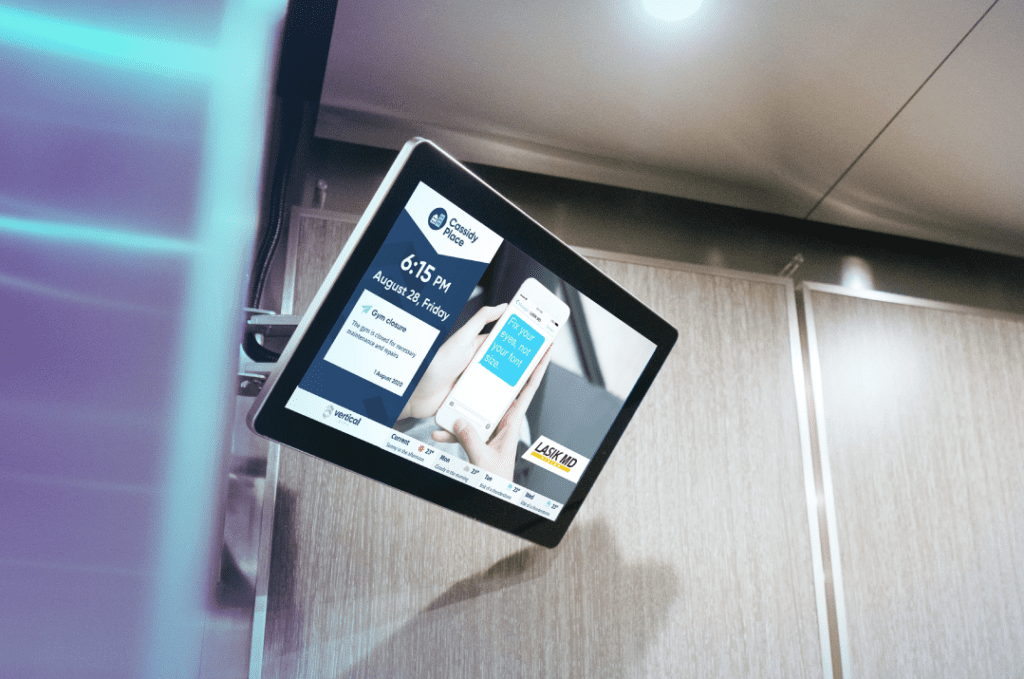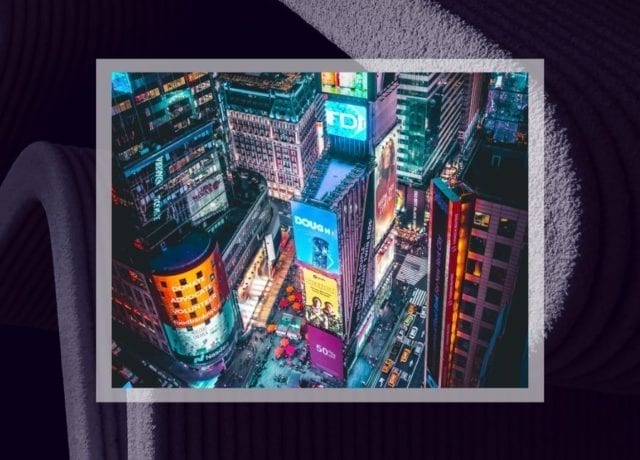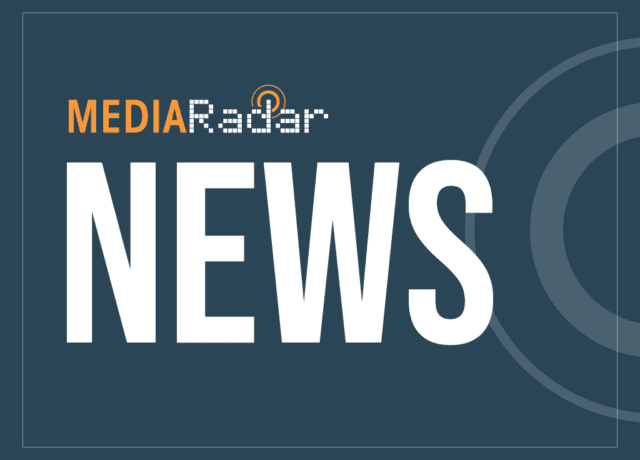It’s been four years since California-based ad tech startup Firefly received a funding round worth $30 million. The company focuses on one specific ad tech facet: digital billboards.
More specifically, it is focused on vehicle-mounted digital billboards (like a techy update to the New York City taxi-top ads we’ve seen for decades).
How else has OOH changed with new ad tech since then?

Until the startup started pushing forward with New York taxis, it had largely worked with individual rideshare drivers. According to Anthony Ha at TechCrunch, the company “works with drivers for Uber, Lyft and other services to install a “digital smart screen” that can run targeted, geofenced advertising from companies like Brex, Segment, Caviar and Zumper.”
In other words, Firefly combines two existing ad tech solutions: digital out-of-home ads and programmatic platforms based on robust audience data.
It’s a promising move forward for OOH advertising.

What’s Digital Out-of-Home (OOH) Advertising?
Digital out-of-home (DOOH) advertising is a subset of out-of-home (OOH) advertisers that delivers ads dynamically and digitally in outdoor and public spaces, including billboards, signage on buses, and in-elevator screens.

The Trade Desk and Dallas Cowboys embrace digital OOH advertising
The Trade Desk (TTD) used DOOH advertising to reach brands, media agencies, and commuters in major metro areas, including New York, San Francisco, Toronto, and Chicago. The campaign, called “What Matters,” delivered DOOH ads on panels on bus shelters, newsstands, elevators, and lobby screens. According to TTD, the DOOH ads reached 15 million viewers.

The NFL’s Dallas Cowboys have also invested in DOOH advertising.
In 2019, AT&T Stadium (where the Dallas Cowboys play) introduced “Pose with the Pros” kiosks, allowing fans to take pictures with five virtual members of the Dallas Cowboys using Samsung 5G phones.

How Ad Tech is Pushing OOH Forward
It turns out Firefly isn’t the only company to move the needle on digital OOH.
Digiday said digital ads represented 29 percent of total OOH revenue, up from 24 percent the year before.
“Both demand-side and supply-side platforms are recognizing the potential of the technology, and the influx of digital OOH placements over the last decade has buoyed this shift,” writes Kristina Monllos.
MediaMath, VIOOH, Clear Channel Outdoor, Hivestack, and of course, Firefly are all companies that make buying, selling and measuring DOOH impact easier for brands and media companies. The bigger players are investing in programmatic OOH as well.
Verizon Media, for example, has added DOOH ads to its DSP.
The offering “will allow advertisers to place ads on digital screens in transit shelters, airports, bars, roadside billboards, elevators and more,” writes Erica Sweeney at MarketingDive. “DOOH targeting parameters include location, weather, daypart, demographics and interests, which are all informed by Verizon’s data.”
Arguably, the attribution makes programmatic OOH more attractive for the largest advertisers and media players. MarketingDive listed measurement as one of the five biggest OOH trends. The long and short of it is that companies are getting better at collecting mobile and IoT data, translating it into attribution for brands.
What Digital OOH Means for Advertising
Circling around, Monllos at Digiday does write that advertisers should avoid using digital billboards as any other digital placement: “billboards are a specific medium that needs to be used in a specific way.”
Outside of brand safety concerns, ad tech means these campaigns can get even more creative.
Firefly announced a partnership with AccuWeather, allowing brands to target ads on geolocation and current weather conditions. “A lot of people are looking at how they can bring some kind of interaction with the physical world into their campaigns, but haven’t had the chance,” Firefly CEO Kaan Gunay told AdWeek. “We’re always all about bringing more innovation to this physical advertising space.”
If you’re heading out in drizzly weather, you may have seen a taxi-top digital ad featuring a hot drink or a cozy sweater. If it’s getting warm, keep your eyes peeled for an ad from McDonald’s promoting McCafe Iced.

For more insights, sign up for MediaRadar’s blog here.


